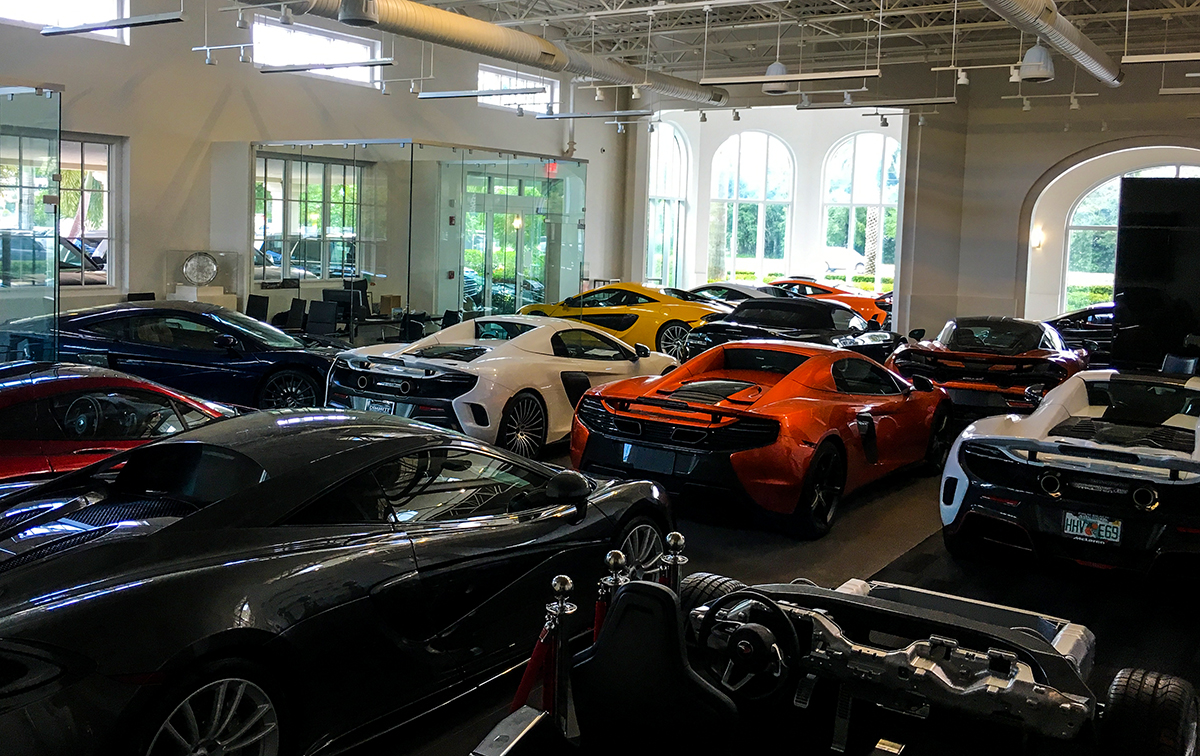SEMA honors the Marmon Wasp: A history lesson
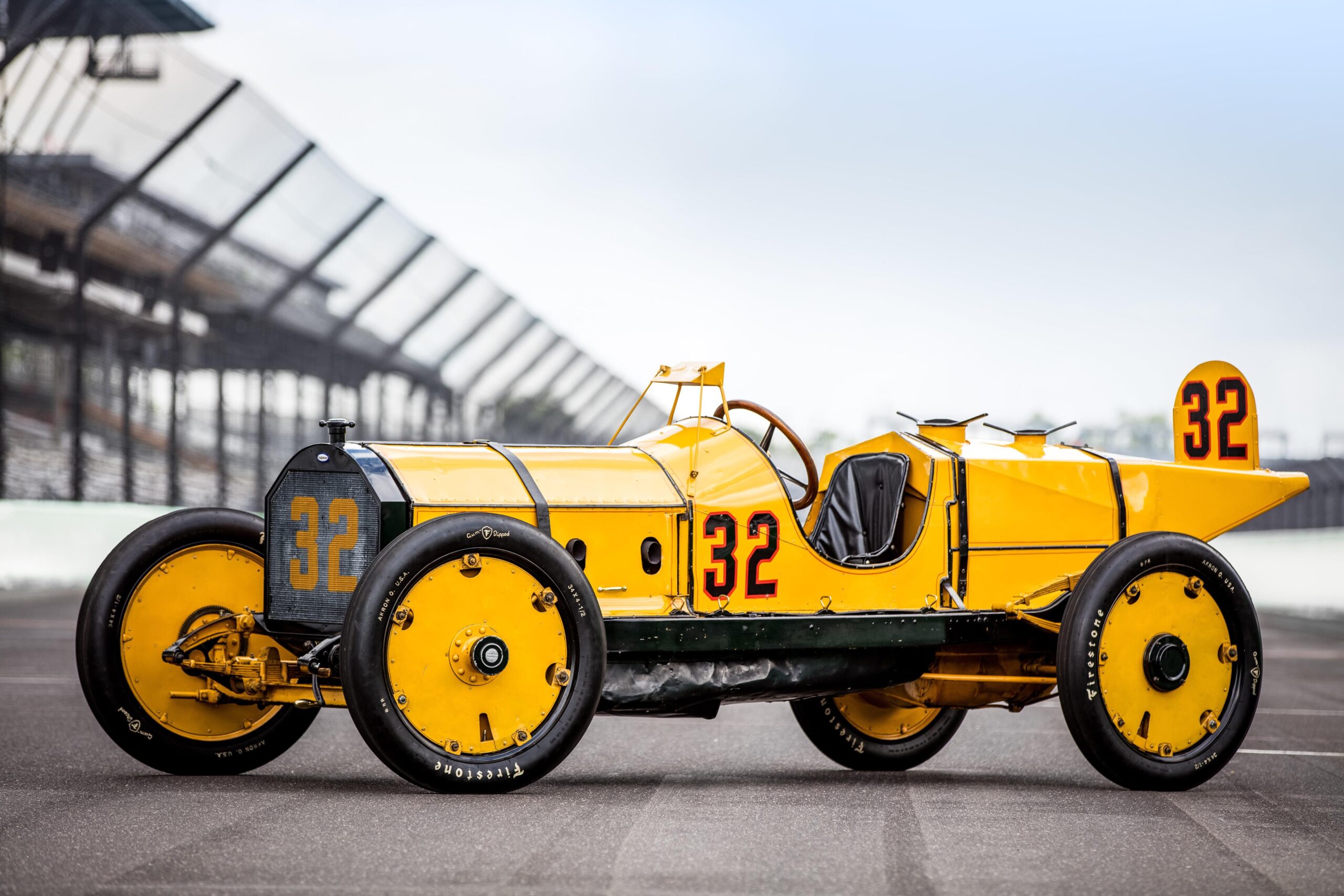
The show honoring all things new in the automotive world kicked off with a little bit of something old.
The first ever Indy 500 winning car, the Marmon Wasp, opened the 2016 Special Equipment Marketing Association Show in Las Vegas this week, as part of Shell’s Pioneering Performance display.
The display highlights cars that changed the game. The bold yellow Marmon Wasp may look old school now, but when it made its debut at the 1911 Indy 500 it was quite high tech. Hell, it was the first car to have a rear view mirror.
The engine was based off the Marmon 32 Model, a successful racecar at the time. The Wasp added two cylinders to the 32 Model’s 4-cylinder design. While this is no big news now a 6-cylinder engine at the time was a marvel.
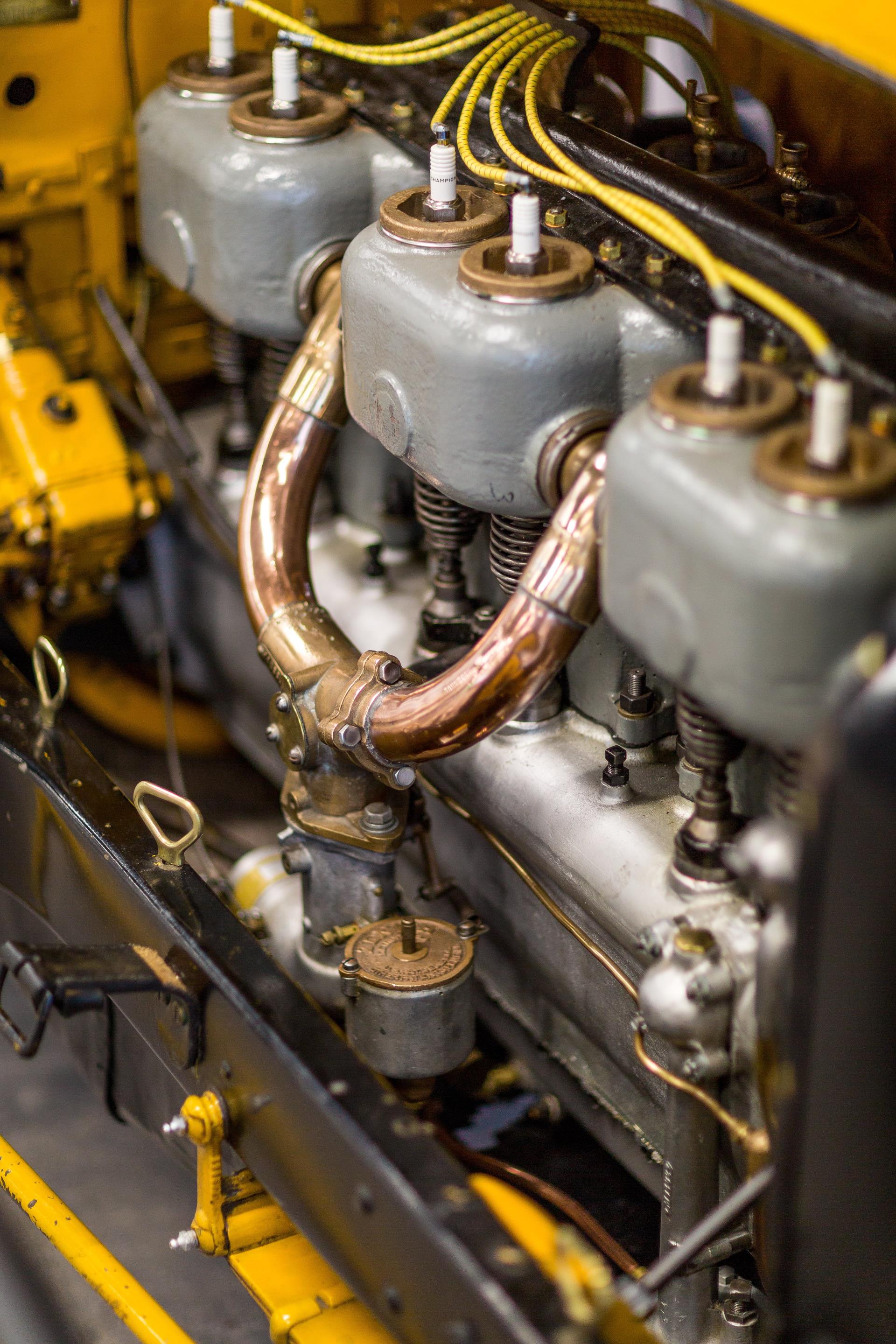
They also made the car significantly lighter and slimmer than the competition, and all they had to do was change the entire race day procedure. At the time racecar driving worked on the buddy system, with a driver and a “mechanician,” (which I’m going to pretend is a combination of the words mechanic and magician) riding in the car. The mechanician didn’t so much do mechanic work, as much as provide an extra set of eyes on the track and the other cars. And in my imagination, they also did card tricks.
Obviously removing a seat and a body allowed them to slim the car down and drastically cut weight, but it also led to the now ubiquitous rear view mirror, which was installed to give the driver the views they would typically rely on the mechanician for.
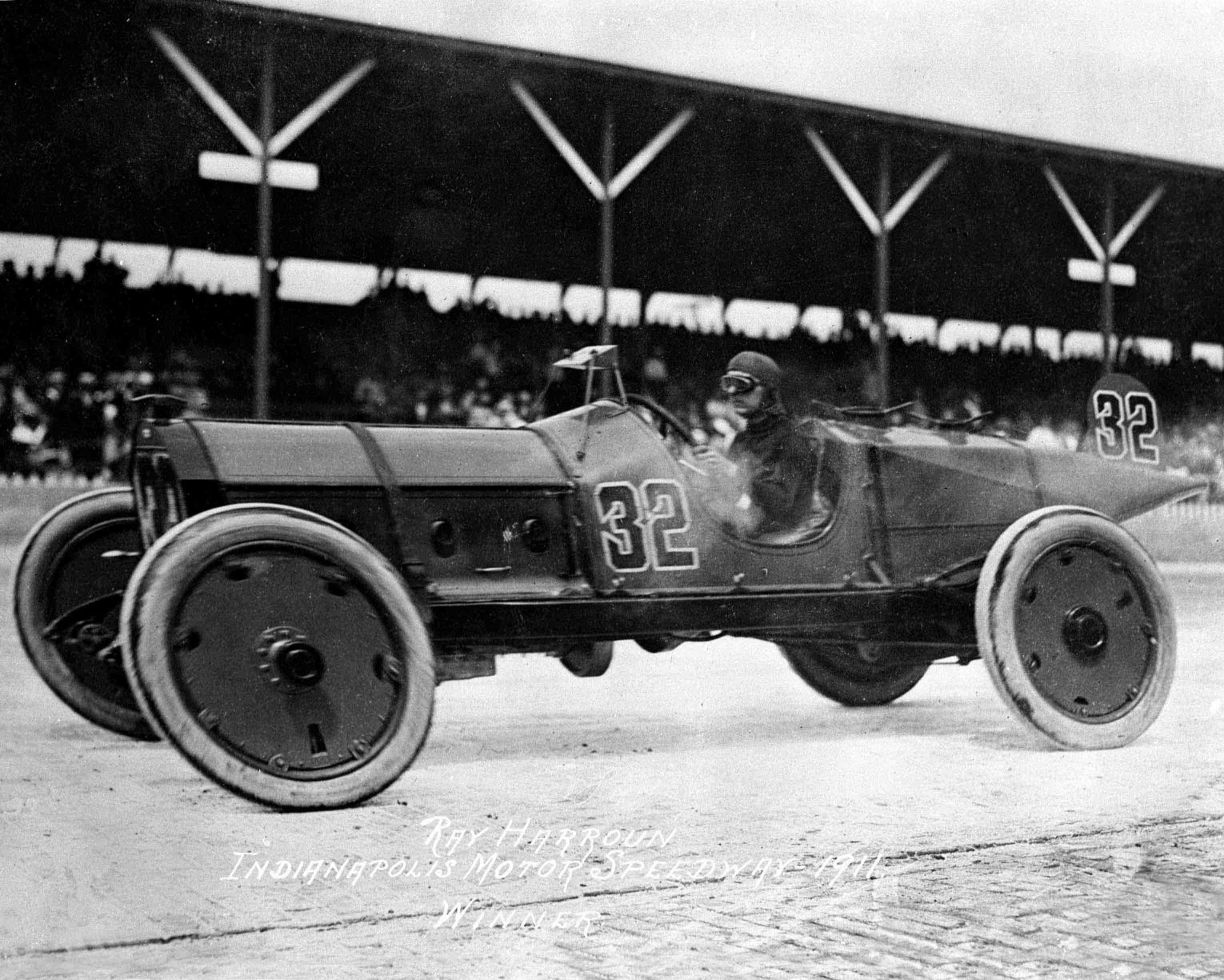
To qualify for the Indy 500 at the time, you had to achieve a speed of at least 75 miles per hour along the quarter-mile straight. Ray Harroun was a co-engineer on the car the lead driver for most of the race. His relief driver Cyrus Patschke drove 31 laps to give Harroun a break from laps 71 – 102. They had no problem getting the car to that speed, but didn’t spend too much time far above it. After tracking tire damage vs speed, Harroun determined speeds above 80 would require he change his tire too many times for efficiency. His strategy paid off: the Wasp only changed two tires during the race, and the second place car changed 14.
After the 1911 win, Harroun retired from racing, and Marmon, content with the publicity they received from the win, never raced again. They continued to sell luxury cars for a few decades before closing during the Great Depression.
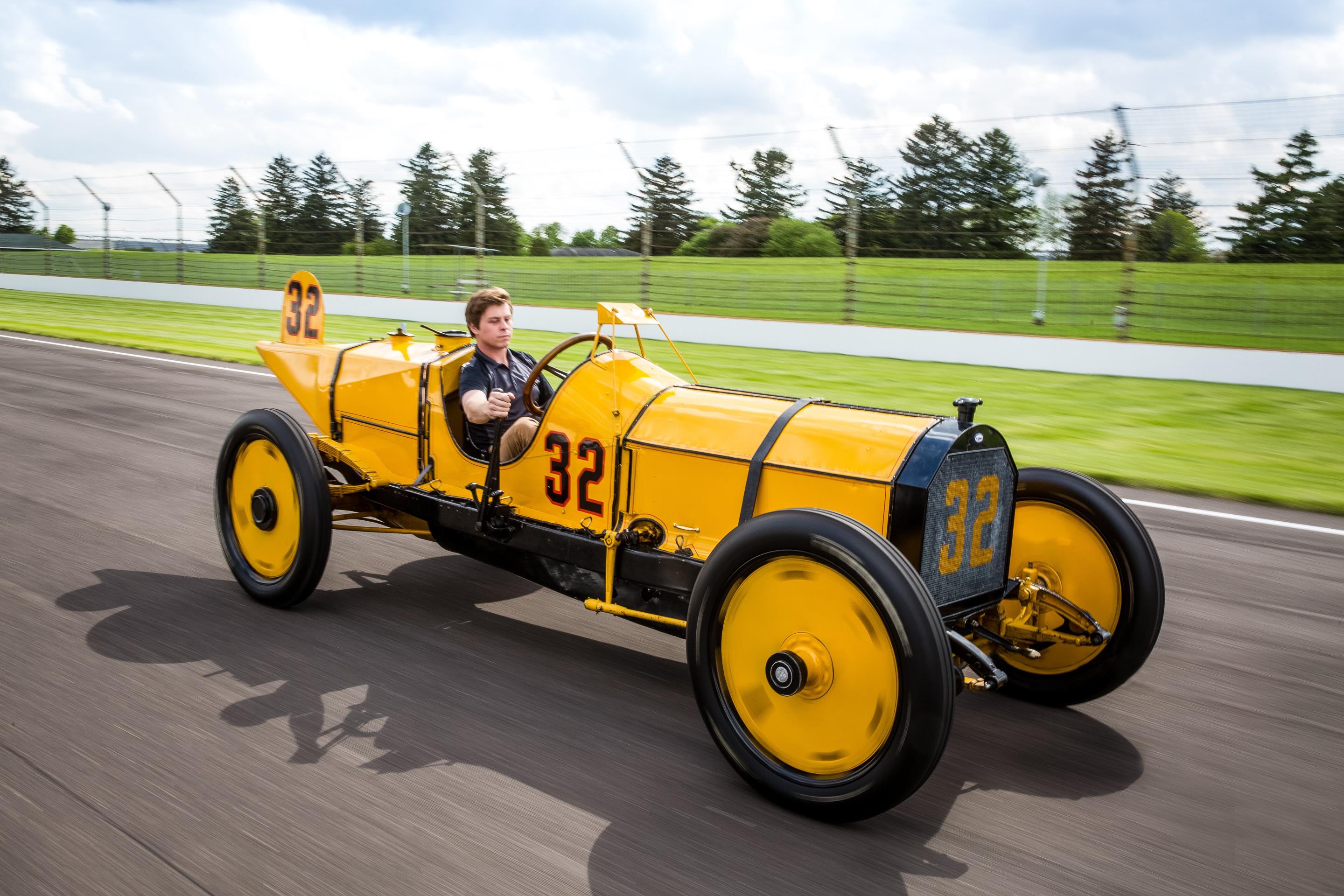
“The yellow #32 Marmon Wasp is arguably one of the most important race cars in America,” said Mark Gessler, President of the Historic Vehicle Association. “That first Indianapolis 500 mile race was designed to attract widespread attention from both American and European racing teams and manufacturers. It proved to be successful and immediately establishing itself both as the premier motorsports competition in the nation and one of the most prestigious in the world.
The Wasp currently lives in the Indianapolis Motor Speedway Museum, a public display developed by the Historic Vehicle Association. In May the Wasp was honored as the eleventh vehicle to join the HVA’s National Vehicle Register.
Since May the car has been measured and scanned from every angle. The info will wind up in the Library of Congress, alongside entries on the first White House Limousine and the Shelby Cobra Daytona Prototype.
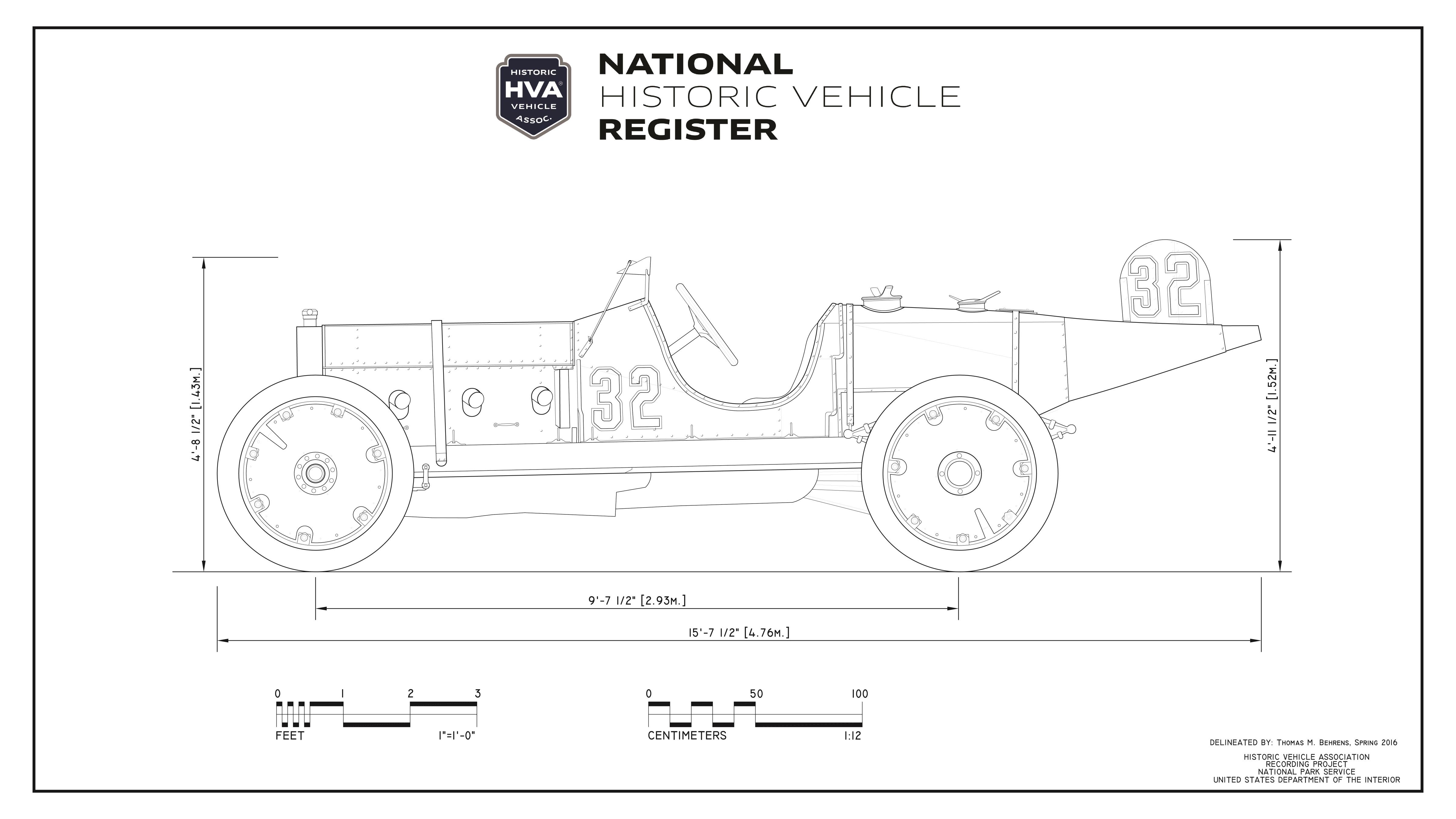
We’ll be highlighting new tech From SEMA tomorrow and Friday, but it seemed fitting to highlight a car that helped to start everything we see today. The Marmon Wasp is now a piece of history, but 100 years ago it was one of the first game-changing race cars, featuring ideas and technology no one had imagined. It makes us wonder: What car from this year’s SEMA will open the 2116 Show?

